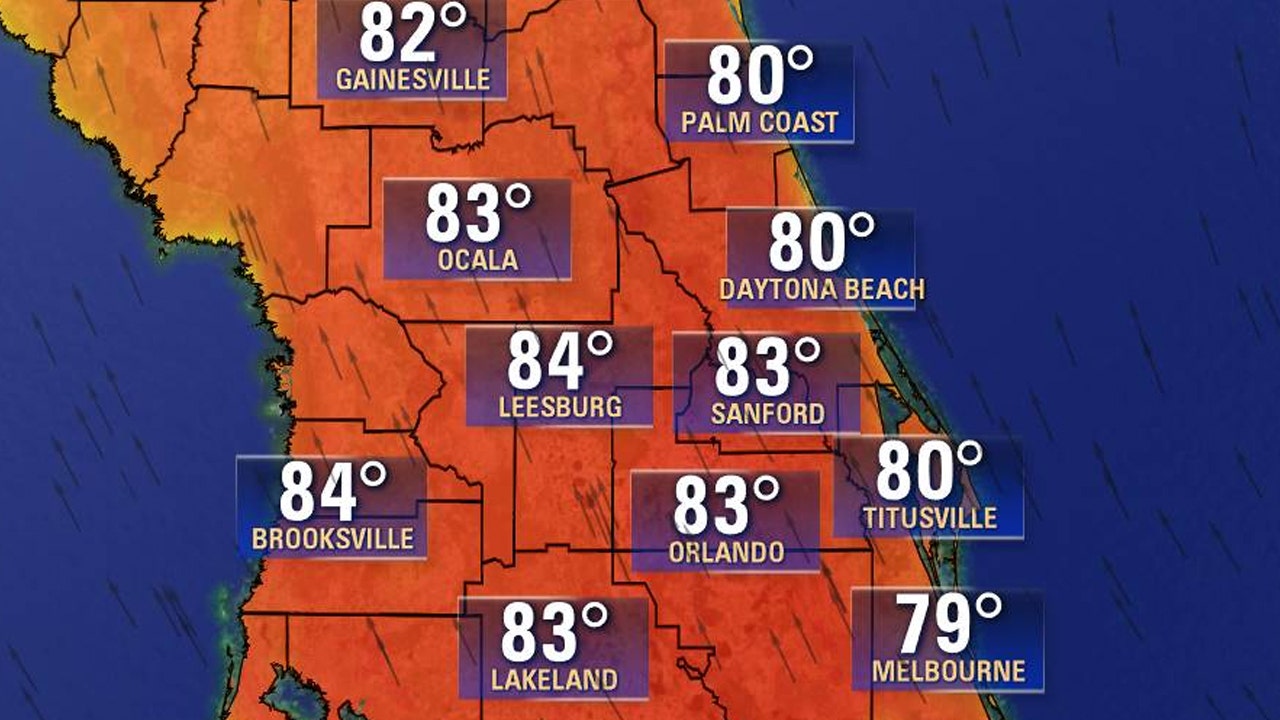
The committee of experts conducted an in-depth analysis of available data and metadata, including the European Centre for Medium-Range Weather Forecasts interim (ERA5) reanalysis.

"Verifying records of this type is important in having a reliable base of evidence as to how our climate's most extreme extremes are changing,” said Dr Blair Trewin from Australia’s Bureau of Meteorology and another member of the evaluation committee. “The record is clearly indicative of warming across Siberia,” said the noted UK climatologist and committee member Dr Phil Jones. When such observations are made, new WMO evaluation committees will be formed to verify the status of such observations as extremes. It is possible, indeed likely, that greater extremes will occur in the Arctic region in the future. Cerveny.Īs with all WMO evaluations of extremes (e.g., temperature, pressure, wind, etc.), the extremes presented before the WMO for adjudication are ‘snapshots’ of our current climate. “It highlights the need for sustaining long-term observations which provide us benchmarks of the state of the climate system,” said Prof. Through continued monitoring and assessment of temperature extremes, we can remain knowledgeable about the changes occurring in this critical region of the world, the polar Arctic,” said Professor Randall Cerveny, Rapporteur of Climate and Weather Extremes for WMO. “Fundamentally, this investigation highlights the increasing temperatures occurring for a climatically important region of the world. It is located in the northern part of Republic of Sakha (Yakutia), is in a region of Eastern Siberia which has an extreme very harsh dry continental climate (very cold winter and hot summer). Verkhoyansk is about 115 kilometres north of the Arctic Circle and the meteorological station has been observing temperatures since 1885. Since 2007, the WMO has listed temperature extremes for the Antarctic region (polar regions at or south of 60⁰S, corresponding to the land and ice shelf areas included in the Antarctic Treaty. The creation of the new category means that both Polar regions are now represented.
Lowest recordee temperatures in florida archive#
The Archive of Weather and Climate Extremes includes the world’s highest and lowest temperatures, rainfall, heaviest hailstone, longest dry period, maximum gust of wind, longest lightning flash and weather-related mortalities. The extreme temperature and ongoing climate change prompted a WMO panel of experts to add a new climate category “highest recorded temperature at or north of 66.5⁰, the Arctic Circle” to its international Archive of Weather and Climate Extremes. The Arctic is among the fastest warming regions in the world and is heating more than twice the global average.

The WMO Archive of Weather and Climate Extremes has never had so many ongoing simultaneous investigations,” said Prof. “WMO investigators are currently seeking to verify temperature readings of 54.4☌ recorded in both 20 in the world’s hottest place, Death Valley in California, and to validate a new reported European temperature record of 48.8☌ in the Italian island of Sicily this summer. In 2020, there was also a new temperature record (18.3☌) for the Antarctic continent,” said WMO Secretary-General Prof.
Lowest recordee temperatures in florida series#
“This new Arctic record is one of a series of observations reported to the WMO Archive of Weather and Climate Extremes that sound the alarm bells about our changing climate. Average temperatures over Arctic Siberia reached as high as 10 ☌ above normal for much of summer last year, fuelling devastating fires, driving massive sea ice loss and playing a major role in 2020 being one of the three warmest years on record. The temperature, more befitting the Mediterranean than the Arctic, was measured at a meteorological observing station during an exceptional and prolonged Siberian heatwave. GENEVA, 14 December 2021 (WMO) – A temperature of 38☌ (100.4☏) in the Russian town of Verkhoyansk on 20 June 2020 has been recognized as a new Arctic temperature record by the World Meteorological Organization (WMO).


Weather and Climate Extremes Archive reflects changing climate


 0 kommentar(er)
0 kommentar(er)
